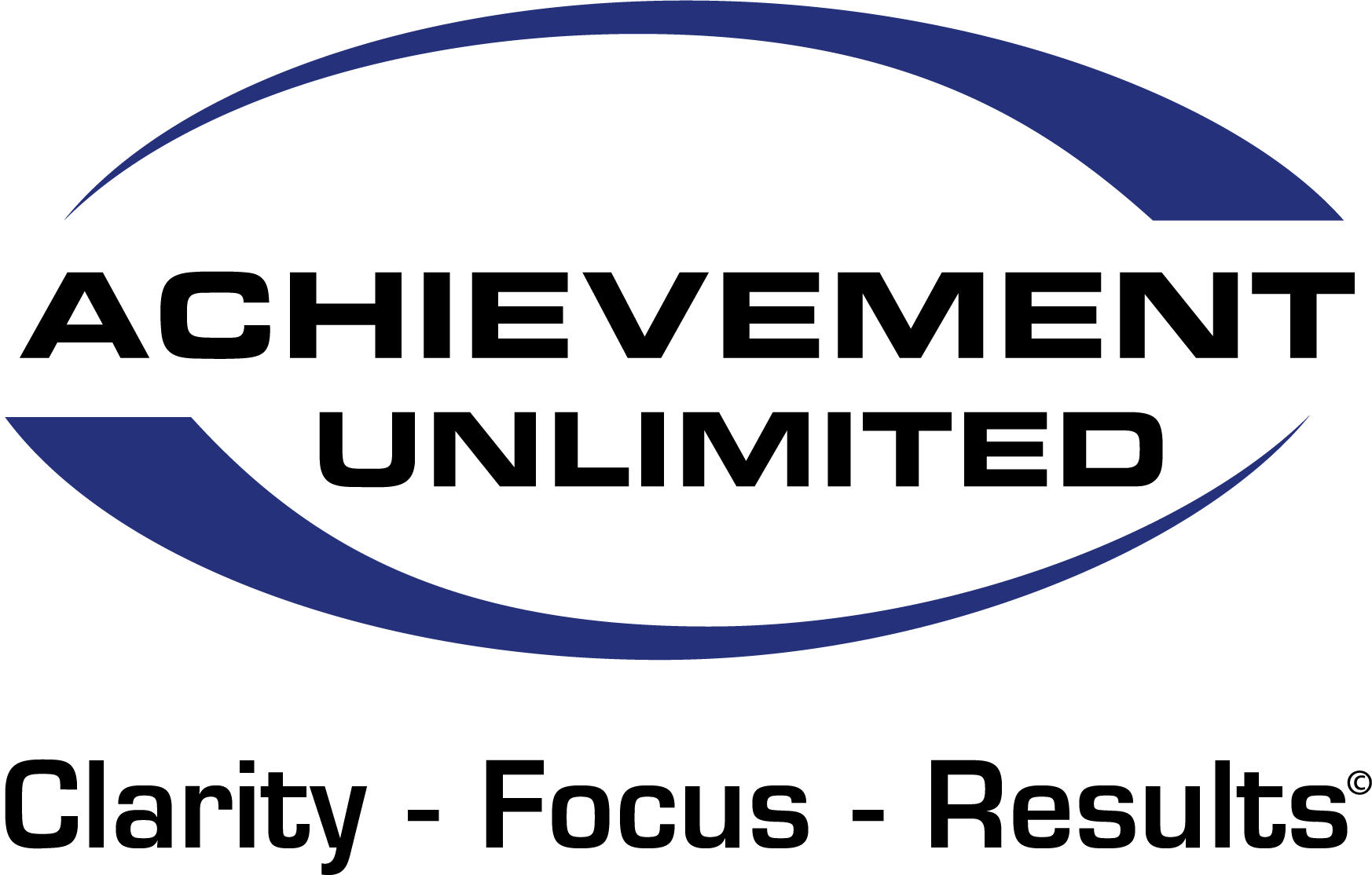
The number one struggle I consistently find working with companies is communication. We have more ways to communicate than ever before: Zoom, text, email, Slack, Chat and more. Yet, in most cases, we waste a lot of time and effort because of poorly disseminated or misunderstood ideas. A lot of mutual mystification goes on daily. Why?
Three main factors influence how our communication is received: words, tone, and body language. Of our total communication message, words represent only 7% and tone only 38%. Body language accounts for 55% of what is being communicated. Clearly there are many ways for communication to be misunderstood.
How do you know if you are a successful communicator? Do you often experience conflict at home or work? When expressing your thoughts or needs, do you feel understood? When corroborating on projects, do things go as planned or do you notice that the vision didn’t translate? If you are consistently experiencing unmet expectations, communication may be the issue. Below are the hallmarks of good communicators.
Effective communicators:
- Develop trust and credibility. Authentic sincerity helps to create an atmosphere of trust.
- Use the 5 Cs: Clear, Complete, Concise, Concrete, and Correct.
- Recognize that every perspective is a perspective.
- Are open to hearing new ideas.
- Say exactly what they mean.
Make it your top priority to learn and execute good communication whenever possible. Communication is a learned skill, and it gets easier and better with practice. As with all new things, first take stock of where you are. Read over these 5 skills and start to notice where you are making your mistakes. Are you Clear, open and authentic?
Look for these common barriers to good communication:
Attitude – Expectations about the issue or the other person,
Lack of Trust – Trust is earned,
External Distractions – People and background noise,
Internal Distractions – Internal dialogue,
Preconceived Ideas – Prejudices and biases,
Lack of Skill – Most people don’t know how to really connect and listen,
Lack of Concentration– Executive functioning impairment or boredom,
Talking – When you are talking, you are not listening,
Self-Centeredness – Keeping the focus on yourself.
One way that we understand people’s unique communication styles in our practice is the DISC model. DISC is the universal language of observable human behavior. Knowing each other’s communication style and adapting to communicate better will increase the effectiveness of your team and morale. The process is simple and remarkably fast. To find out how using the DISC model in your office can help, contact Michael@achievable.com
For more information, download this Getting Results Through Others Brochure – Click Here.

Recent Comments